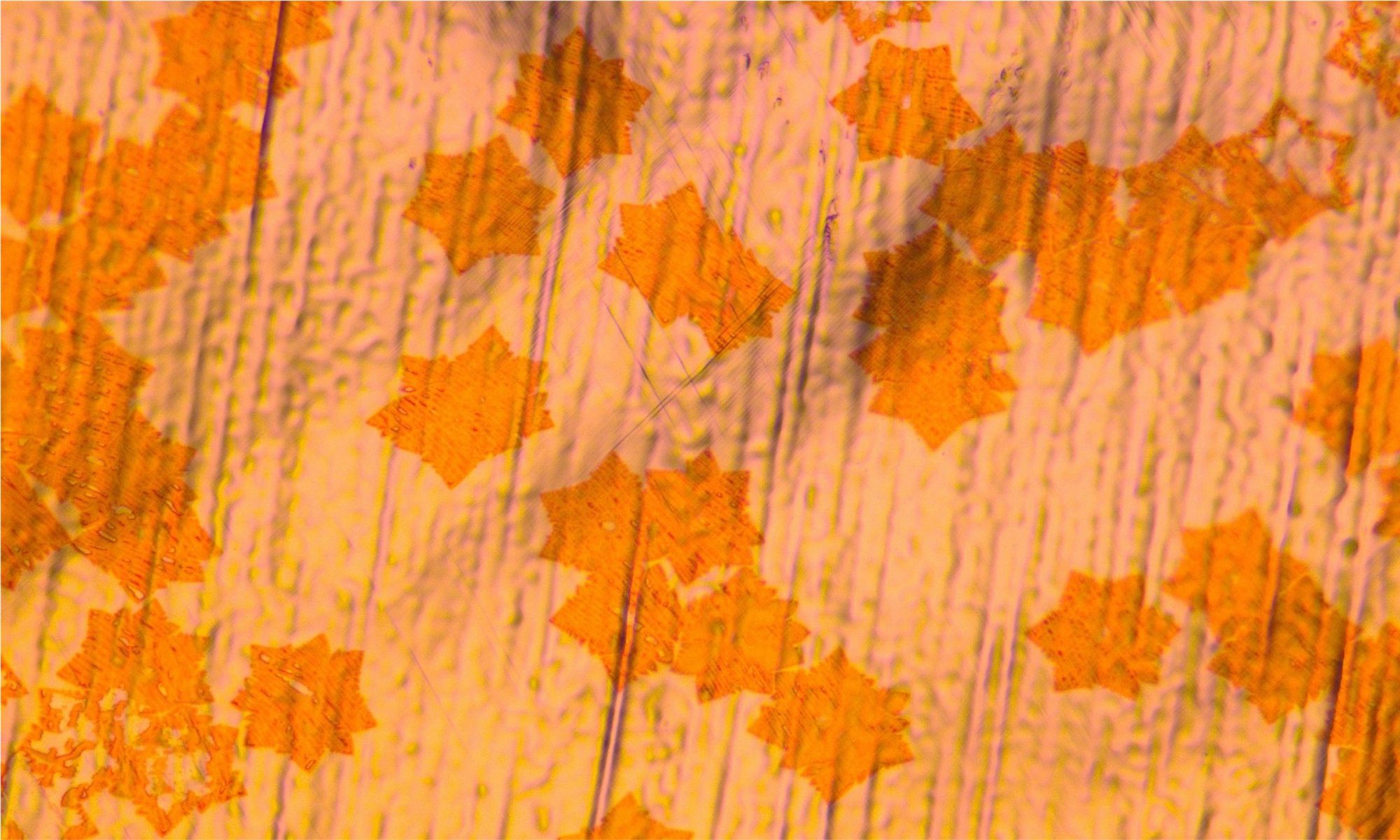MISEL is a new project funded by the European Commission that aims at developing a bio-inspired vision system able to implement advanced recognition tasks with high energy efficiency. A key aspect of the project are intensity-adaptive photdetectors based on graphene, which will be developed by the Graphene Electronics group at AMO and the group of Daniel Neumaier at the University of Wuppertal.

MISEL is an acronym that stand for “Multispectral Intelligent Vision System with Embedded Low-Power Neural Computing”. The architecture of the vision system targeted by MISEL is inspired by the neurobiological structures of the human vision system. The key idea is to implement certain learning and decision-making capabilities directly into the camera sensor. This will increase substantially the speed and the energy-efficiency of the vision system, allowing for fast situation-awareness in dynamically changing environments.
To achieve this goal, MISEL will develop camera sensors equipped with pixels with build-in synaptic weights, which can be trained to recognize different patterns through targeted learning processes. The new camera sensors will be based on classic silicon CMOS electronics, extended by newly developed neuromorphic elements and by graphene-based photodetectors with adaptive sensitivity for visible and infrared light. This multispectral sensitivity will allow for operation also in challenging environmental conditions, such as darkness, fog, etc. Possible areas of application of MISEL’s vision system include autonomous driving, autonomous robotics, and surveillance systems.
MISEL is a highly interdisciplinary project that involves nine European research teams with complementary expertise in computer vision, machine learning theory and algorithms, nano- and device technologies, circuit design, and evaluation of artificial-intelligence systems. Coordinated by the VTT Technical Research Centre of Finland, MISELS’s consortium includes AMO GmbH, the University of Wuppertal (Germany), the Fraunhofer Centre for Applied Nanotechnology (Germany), Kovilta Oy (Finland), Lund University (Sweden), Lodz University of Technology (Poland), the University of Santiago de Compostela (Spain) and the Laboratoire national de métrologie et d’Essais (France).
“As a research company focussing on technology transfer, AMO is responsible for the physical realization of pixels with built-in synaptic weight, as well as for exploring the scalability of their manufacturing processes1”, explains Zhenxing Wang, leader of the Graphene Electronics Group at AMO. “Furthermore, we will build on our extensive expertise in graphene-based photodetectors2,3 to develop the intensity-adaptive, multispectral photodetectors that are one of the key ingredients of the project. This is a task that we will carry out together with the group of Prof. Daniel Neumeier at the University of Wuppertal – an excellent opportunity of consolidating a long-term partnership with our former group leader and colleague.”
MISEL is funded by the European Union’s Horizon 2020 Research and Innovation Programme, under grant agreement Nr. 101016734.
References
- D. Neumaier, S. Pindl, and M. C. Lemme, “Integrating graphene into semiconductor fabrication lines”, Nat. Mater. 18, 525–529 (2019).
- D. De Fazio, B. Uzlu, I. Torre, C. Monasterio, S. Gupta, T. Khodkov, Y. Bi, Z. Wang, M. Otto, M. C. Lemme, S. Goossens, D. Neumaier, and F. H. L. Koppens, “Graphene–Quantum Dot Hybrid Photodetectors with Low Dark-Current Readout”, ACS Nano 14, 11897–11905 (2020).
- S. Riazimehr, S. Kataria, J.M. Gonzalez-Medina, S. Wagner, M. Shaygan, S. Suckow, F.G. Ruiz, O. Engström, A. Godoy, and M.C. Lemme, “High Responsivity and Quantum Efficiency of Graphene / Silicon Photodiodes Achieved by Interdigitating Schottky and Gated Regions”, ACS Photonics 6, 107-115 (2019).
